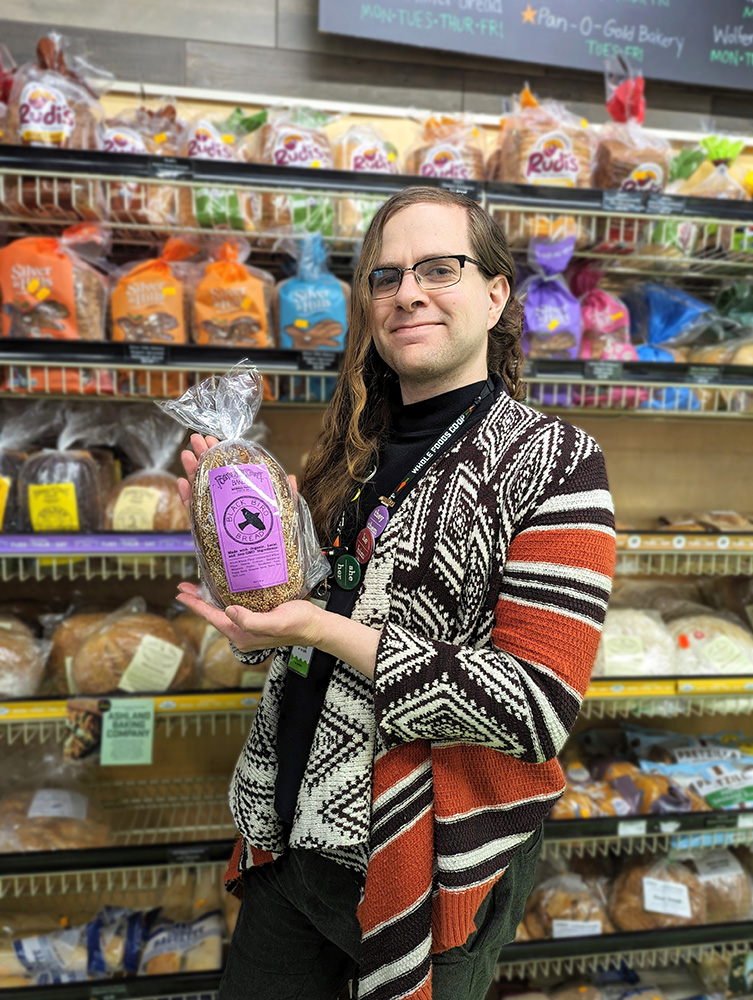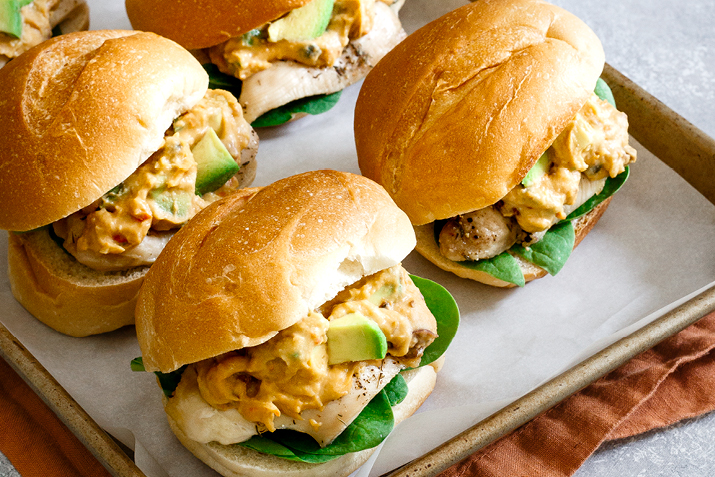A Sweet Success Story
Nestled in Duluth’s Hillside neighborhood is Positively 3rd Street Bakery, a local establishment known for its delectable baked goods and commitment to employee ownership.
Founded in 1983 by a group of passionate bakers dedicated to a cooperative mindset, Positively 3rd Street Bakery was created to foster community spirit while producing high-quality artisanal baked goods. The bakery operates as an employee-owned cooperative, allowing employees to share in the business’s profits. This commitment to employee ownership aligns with the bakery’s mission to cultivate a positive workplace culture and provide quality goods to customers.

Currently, the bakery has thirteen worker-owners, with plans to add another this year. Working at a small, employee-owned business involves more than just submitting an application; every employee must contribute and be willing to take on various roles. “Everyone is hired in production,” said Angi, one of the worker-owners, “but eventually finds their talent in business ownership.”
The founders understood the importance of using high-quality, locally-sourced ingredients, a practice that is still crucial to the bakery today. “Our most important factors when considering an ingredient vendor are quality, locality, and cost,” said Angi. This focus, combined with traditional baking methods, quickly garnered a loyal following among Duluth residents.
Different Cooperative Business Structures
While Positively 3rd Street Bakery and Whole Foods Co-op are both cooperatives, the two businesses reflect different structures within the cooperative model. Whole Foods Co-op is a consumer cooperative. In this model, the business is owned by its shoppers, who democratically elect a Board of Directors to guide its operations. In contrast, Positively 3rd Street Bakery is a worker-owned cooperative, which means they are owned and run solely by the workers, who have a controlling interest in the business and elect the governing body. While daily operations may differ, both businesses uphold the internationally accepted cooperative principles to direct their overarching missions.

Current Offerings
Positively 3rd Street Bakery is a vibrant hub for locals and visitors alike, offering an array of delicious options that include artisan breads, pastries, cookies, and savory items. The bakery utilizes some original recipes from 1983 while also creating new favorites, emphasizing sustainability by using organic ingredients whenever possible and prioritizing environmentally friendly practices.
A Unique Way to Give Back
In the spirit of community engagement, Positively 3rd Street Bakery focuses on local involvement and mutual aid. Historically, the bakery spends little to no money on advertising, redirecting those funds to support community organizations through donations and fundraisers. They actively participate in farmers’ markets, food festivals, and community support initiatives, creating strong connections in the region through their mission of unity and support.

Looking to the Future
The employee-owners of Positively 3rd Street Bakery have ambitious plans. Given that the bakery has outgrown its current location, a two-story house, the group is actively seeking a more suitable space. “We have toured many potential buildings for a new location,” Angi said, “but we love and are dedicated to the Hillside.”
Despite the challenges posed by their limited space, they aim to continually innovate their product offerings by exploring new flavors and expanding the menu to attract a broader audience.
With a rich history rooted in artisan baking and a promising future focused on innovation and sustainability, Positively 3rd Street Bakery invigorates the local food scene. Find their fresh baked sweets and breads daily on the shelves at both the Hillside and Denfeld stores!
Co-op Staff Favorites: Positively 3rd Street Bakery

Blackbird Bread
Robert

Raspberry Bar
Brandon

Eclipse Cookie
Lauren

Blueberry Scone
Warren

The United Nations has designated 2025 as the International Year of Cooperatives. In recognition, Whole Food Co-op will be celebrating throughout the year! We’ll be highlighting cooperatives we’re in cooperation with in-store and here in the Co-op Blog. We’re excited to share the stories of co-ops that are creating quality products while having a positive impact on communities across the globe.








































